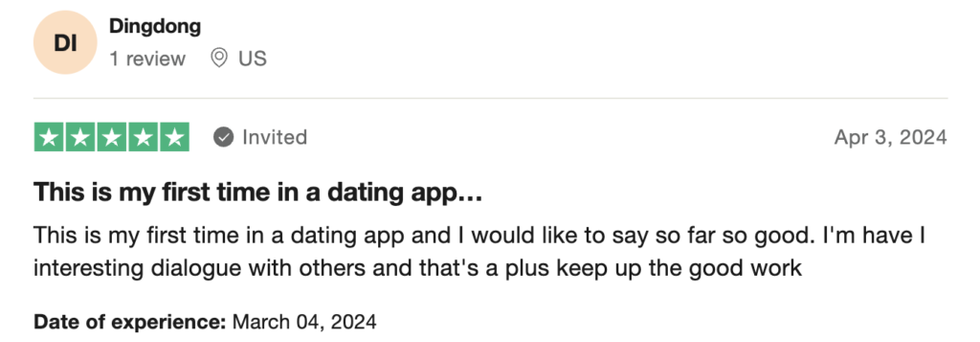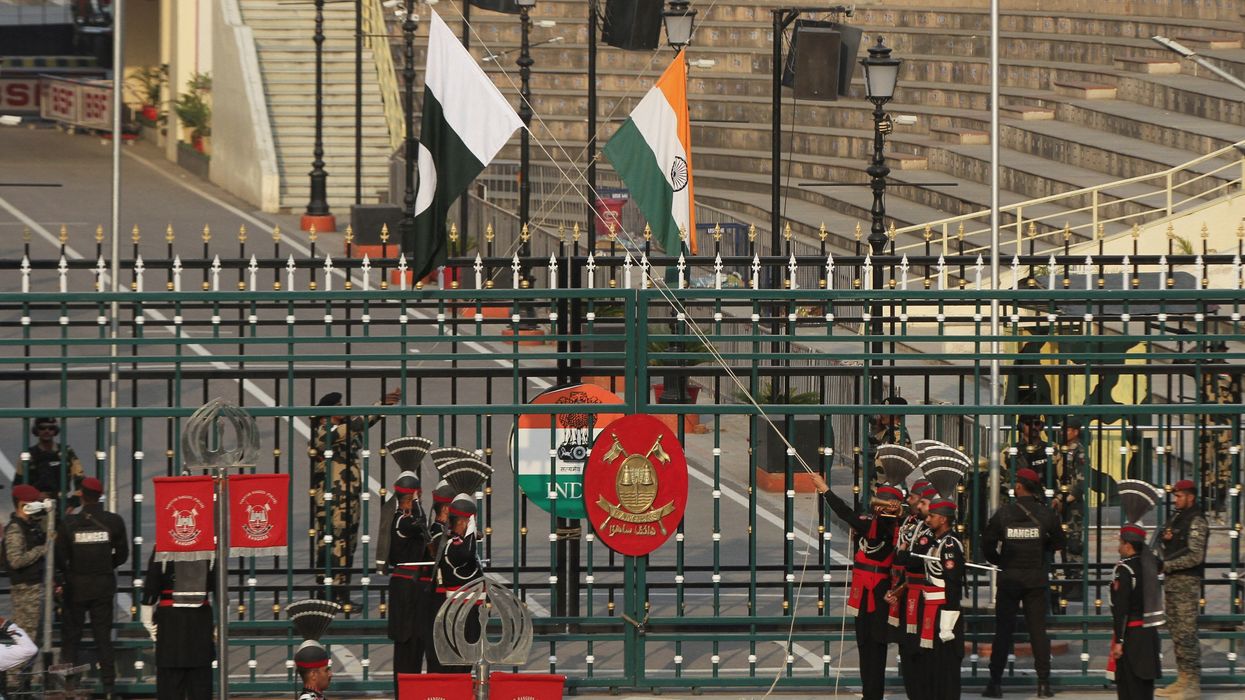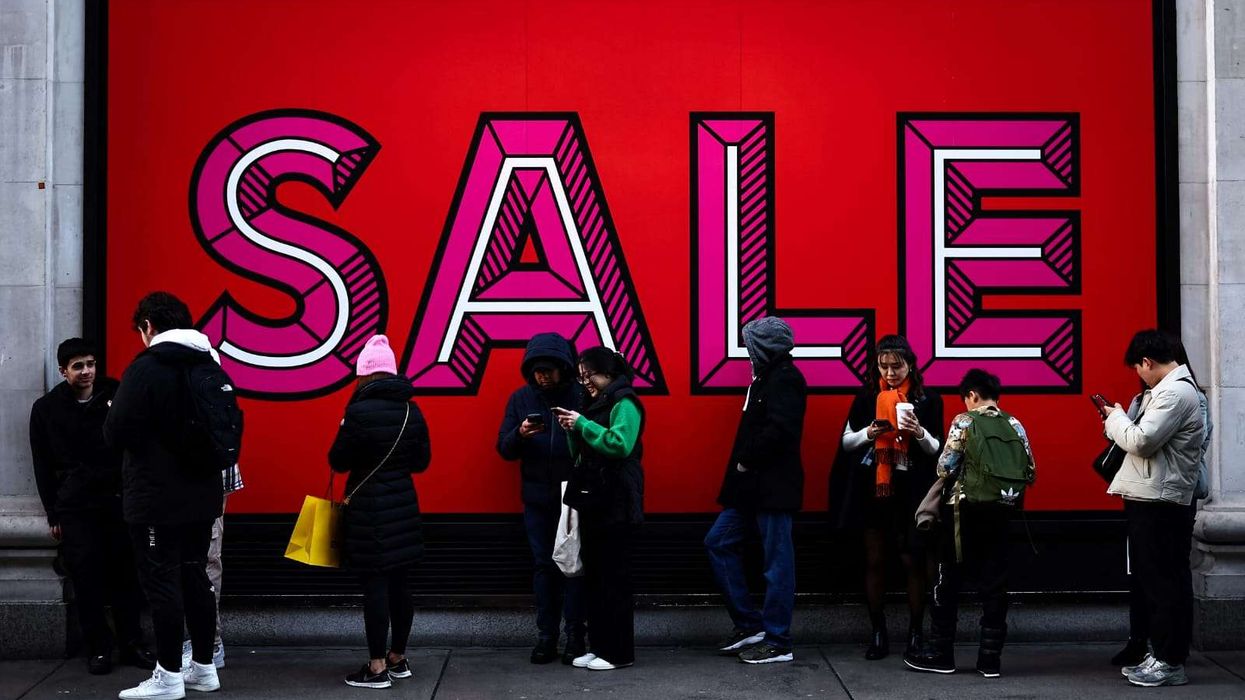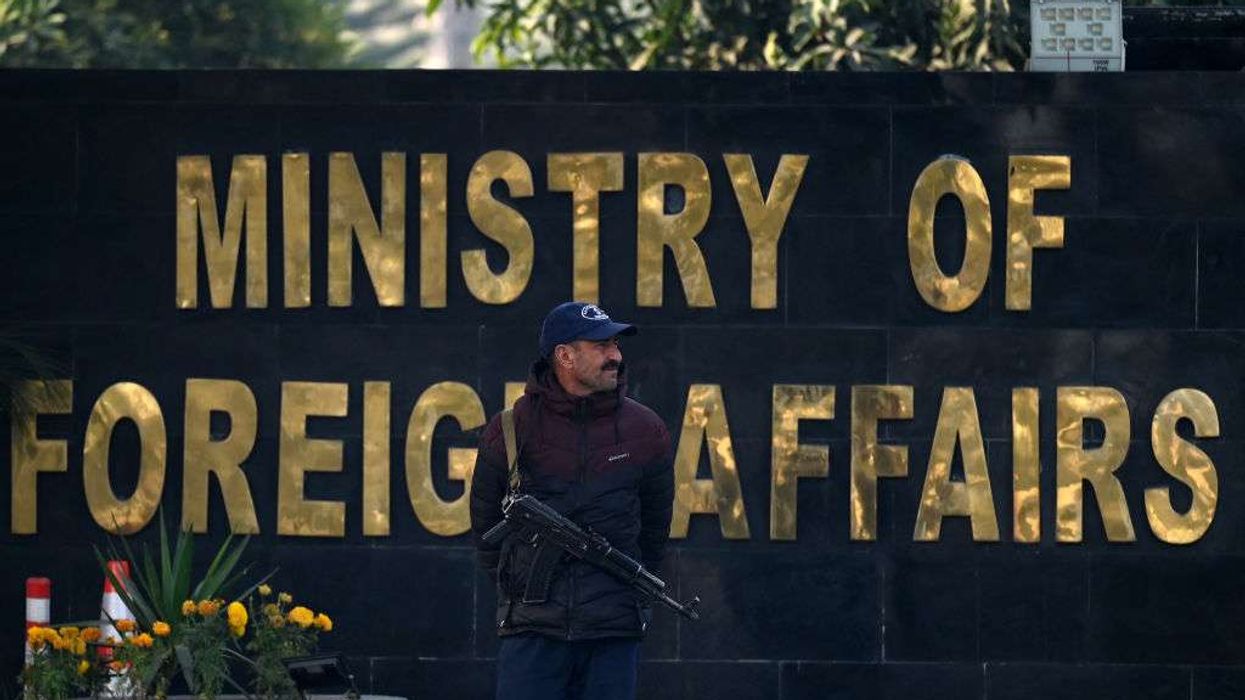Online dating platforms serve as crucial tools for bringing people together across vast distances. From fleeting connections to lasting relationships, these platforms facilitate myriad interactions. Among them is Latamvibe, a platform we'll examine closely in this review.
Latamvibe offers a free registration process and boasts a user-friendly interface, attracting individuals worldwide seeking meaningful connections or companionship. In this comprehensive Latamvibe review, we'll assess its features and determine if it’s a good idea to find a potential soulmate on latamvibe.com.
How Latamvibe Works
Unlike traditional swipe-based platforms, Latamvibe allows users to browse through profiles freely and initiate direct conversations with those who catch their interest. This streamlined approach minimizes waiting time and fosters more immediate connections.
What Are the Benefits for Users?
- Efficient Communication. By enabling direct messaging from the outset, Latamvibe reduces the waiting time typically associated with matching algorithms.
- Enhanced Connection Possibilities. Direct messaging increases the likelihood of forming connections by allowing users to engage with anyone on the platform.
- User Empowerment. Allowing users to initiate conversations without mutual interest grants them greater control over their interactions, promoting a proactive approach to dating.
This overview elucidates Latamvibe's approach to facilitating interactions among its users. Next, we'll delve into its features to provide a deeper understanding of its functionality.
Free and Paid Features of Latamvibe
Latamvibe offers both free and paid features, catering to users with varying preferences for communication and interaction. Let's explore each category in detail:
Free Features
- Search Page. Users can customize their search criteria based on factors like age, location, and gender, streamlining the process of finding compatible profiles.
- Newsfeed. A space for exchanging posts, photos, and captions, allowing users to discover like-minded individuals and initiate conversations based on shared interests.
- People. Users can browse profiles, express interest through likes or bookmarks, and discover potential matches with similar cultural backgrounds and beliefs.
- Like, Wink, and Follow.Interactive features that enable users to express interest, grab attention, and stay updated on others' activities, fostering connections and community.
Paid Features
- Chat + Let's Talk. Initiates conversations through conversation startrs or personalized messages, facilitating meaningful interactions and deeper connections.
- Mails. Enables longer, more in-depth communication, allowing users to explore mutual interests and perspectives through text and image sharing.
- Send Media. Enhances interactions by allowing users to share photos and visual experiences within chats, adding depth and authenticity to conversations.
- Stickers and Virtual Gifts. Adds a playful element to conversations, enhancing the overall user experience and making interactions more enjoyable and memorable.
- Video Calls. Facilitates face-to-face, real-time communication, fostering more intimate connections among users.
Pros and Cons of Latamvibe
Based on user feedback and personal experience, let's examine the advantages and disadvantages of Latamvibe:
Pros
- Large User Base. Latamvibe boasts thousands of users, offering ample opportunities to connect with individuals worldwide.
- Global Diversity. Users can easily interact with people from diverse cultural backgrounds, expanding their horizons and perspectives.
- Top-Grade Security. Latamvibe prioritizes user safety with robust security measures and proactive moderation.
- User-Friendly Interface. The platform's intuitive design makes navigation and usage seamless for users.
Cons
- Paid Features. Some users may find the additional cost for advanced features less appealing.
- Delays in Support Responses. Lengthy wait times for customer support assistance can be frustrating for users.
- Content Restrictions. Latamvibe strictly prohibits adult content, spam, and copyrighted material, limiting user freedom.
- Lack of Mobile App. The absence of a dedicated mobile application restricts access for users preferring mobile devices.
User Feedback
In order to ascertain the level of satisfaction among Latamvibe users, we chose to evaluate their opinions on established review websites. Key findings from Trustpilot reveal:
- An average rating of 3.8.
- A total of 44 comments provided by Latamvibe users.
- 57% of visitors to the platform awarded it a 5-star rating.
For comparison, let's examine the data from Sitejabber:
- Latamvibe boasts a rating of 4.3 stars on this platform.
- A total of 352 reviews have been submitted by users.
- It holds the 13th position among Social Network sites.
It’s also notable that some users think using the Latamvibe web app may be expensive:
So, is Latamvibe legit, and should you consider using it for online chats with new acquaintances? Yes, it's legitimate, but the decision to utilize it rests with you. However, it's worth noting that without opting for premium features, your experience on Latamvibe.com might be less than optimal. We trust this information aids you in making a well-informed choice!
On a Final Note
In conclusion, Latamvibe emerges as a reputable dating platform offering a simplified registration process and diverse features to enhance online interactions. While it boasts numerous advantages such as a large user base and top-notch security, it's not without its drawbacks, including the need for paid features and occasional delays in customer support. Potential users should weigh these factors carefully before engaging with Latamvibe.
Frequently Asked Questions
- Is Latamvibe free to use?
Yes, Latamvibe offers a free registration process and provides several basic features at no cost, including browsing profiles, expressing interest, and using interactive features like likes and bookmarks. However, it also offers premium features that require payment for enhanced communication and interaction.
- What sets Latamvibe apart from other dating platforms?
Latamvibe distinguishes itself by allowing direct messaging from the outset, minimizing waiting time, and enabling users to start discussions with anyone using the platform. This approach enhances connection possibilities and empowers users to take a proactive approach to dating.
- Are there any security measures in place on Latamvibe?
Yes, Latamvibe prioritizes user safety with top-grade security measures and proactive moderation. This includes strict enforcement against adult content, spam, and copyrighted material, ensuring a safer and more enjoyable user experience.















